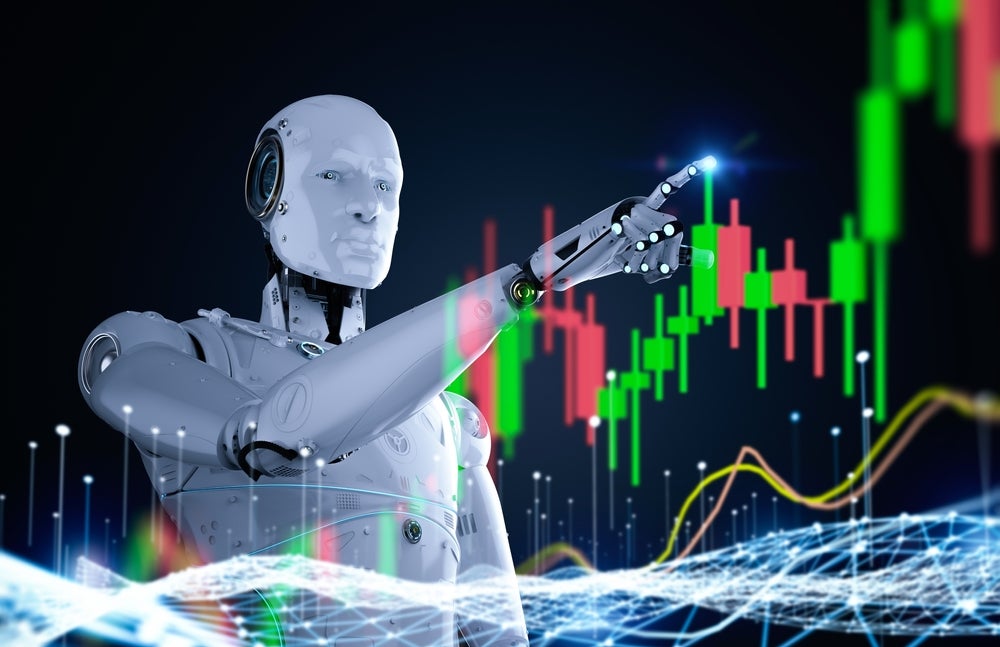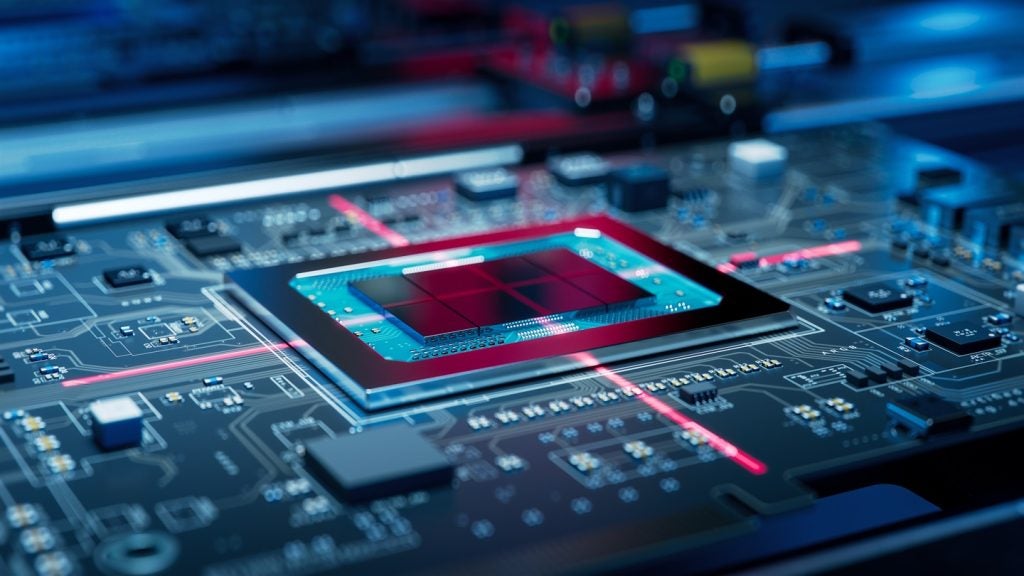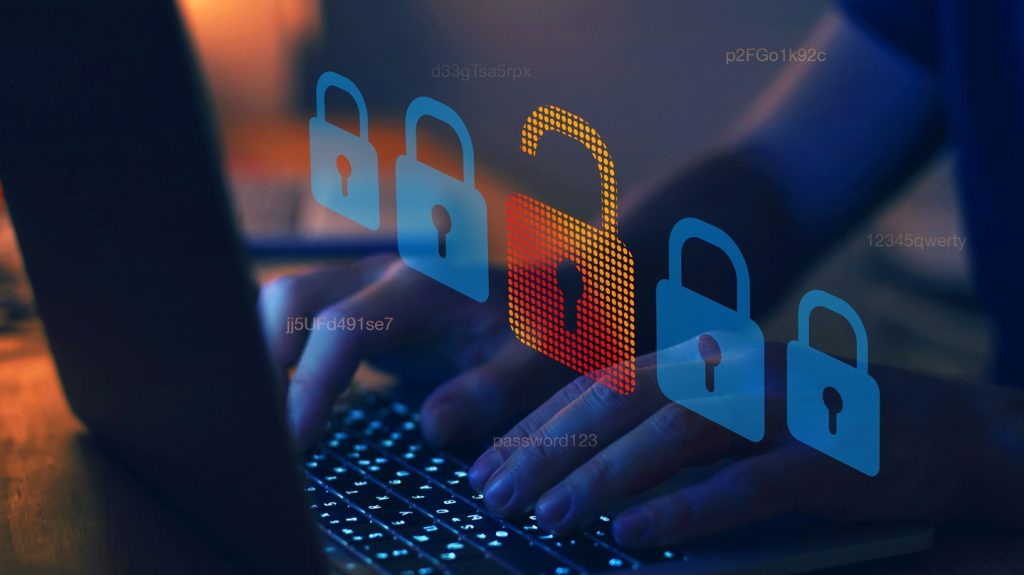UiPath has been granted a patent for a computer-implemented method that uses reinforcement learning to train machine learning models for robotic process automation (RPA). The method involves training the model through simulations and requesting human assistance when the model does not achieve convergence. The trained model can be called by an RPA robot, and the process is repeated until convergence is achieved. GlobalData’s report on UiPath gives a 360-degree view of the company including its patenting strategy. Buy the report here.
According to GlobalData’s company profile on UiPath, AI for workflow management was a key innovation area identified from patents. UiPath's grant share as of September 2023 was 23%. Grant share is based on the ratio of number of grants to total number of patents.
Training ml models for rpa using reinforcement learning
A recently granted patent (Publication Number: US11775860B2) describes a computer-implemented method for training a machine learning (ML) model for robotic process automation (RPA) using reinforcement learning. The method involves training the ML model through simulations on training data, with the ML model having a reward function. If the ML model does not achieve convergence defined by the reward function based on certain criteria, human assistance is requested. The actions taken by the human on a computing system are monitored, and the policy network for the ML model, the reward function, or both, are modified based on these actions. This process is repeated until convergence is achieved.
The method also includes deploying the trained ML model and calling it at runtime by an RPA robot after convergence is achieved. The deployment involves modifying activities in an RPA workflow implemented by the RPA robot to call the ML model. If the performance of the ML model declines beyond a predetermined performance threshold, the RPA robot detects it and retraining of the ML model is performed until convergence is achieved again. The predetermined performance threshold can be based on detection accuracy or the frequency of achieving convergence without user action.
The criteria for determining when to request human assistance and when to stop the training process can be a predetermined number of trials, a predetermined amount of time, or a combination of both. The monitoring of the actions taken by the human involves monitoring application programming interface (API) calls made based on these actions.
Overall, this patented method provides a framework for training ML models for RPA using reinforcement learning. It allows for human assistance and modification of the ML model based on human actions to achieve convergence. The method also includes deployment of the trained model and monitoring its performance, with the ability to retrain the model if performance declines. This approach can enhance the capabilities of RPA robots and improve their efficiency in automating various processes.
To know more about GlobalData’s detailed insights on UiPath, buy the report here.
Data Insights
From

The gold standard of business intelligence.
Blending expert knowledge with cutting-edge technology, GlobalData’s unrivalled proprietary data will enable you to decode what’s happening in your market. You can make better informed decisions and gain a future-proof advantage over your competitors.







